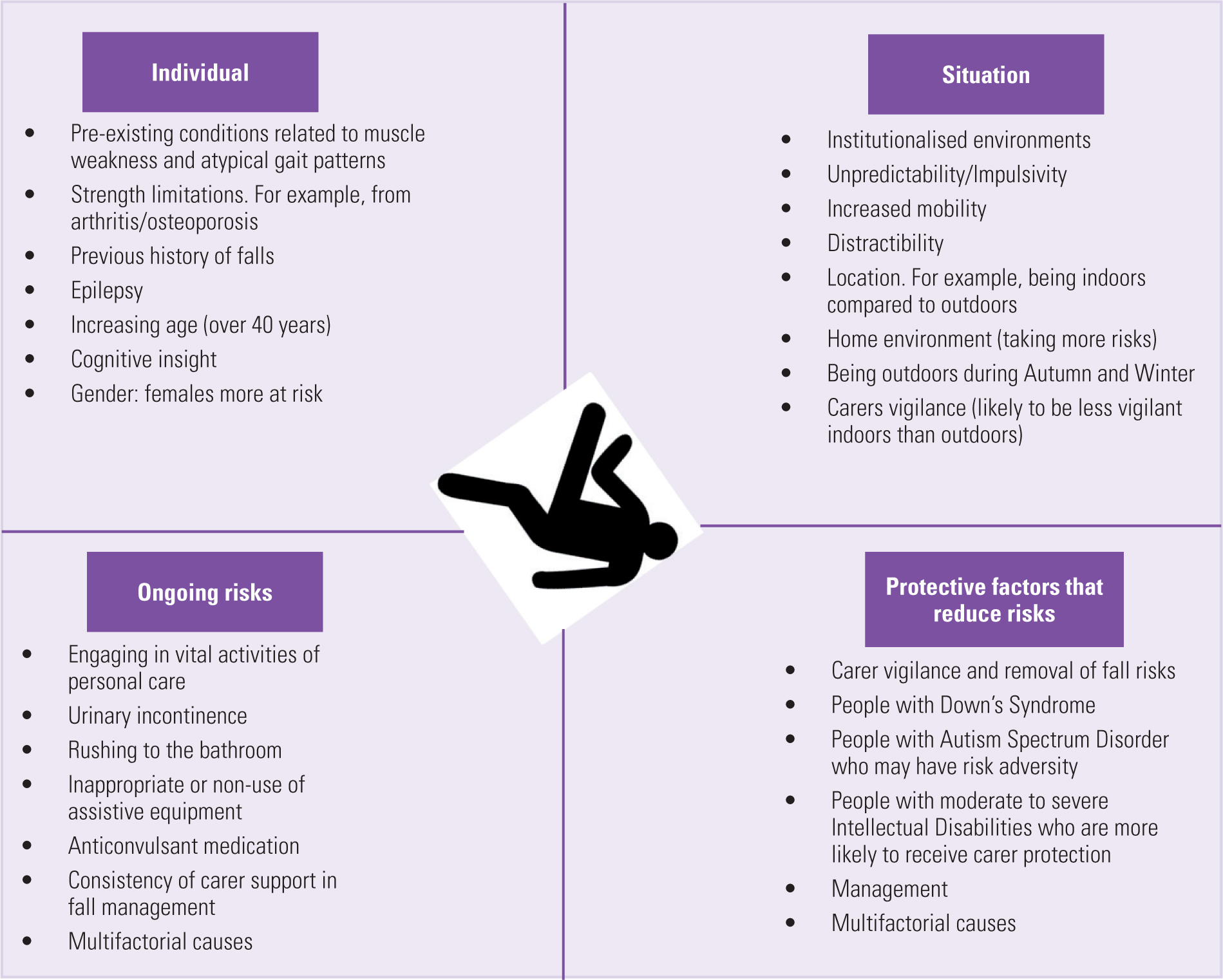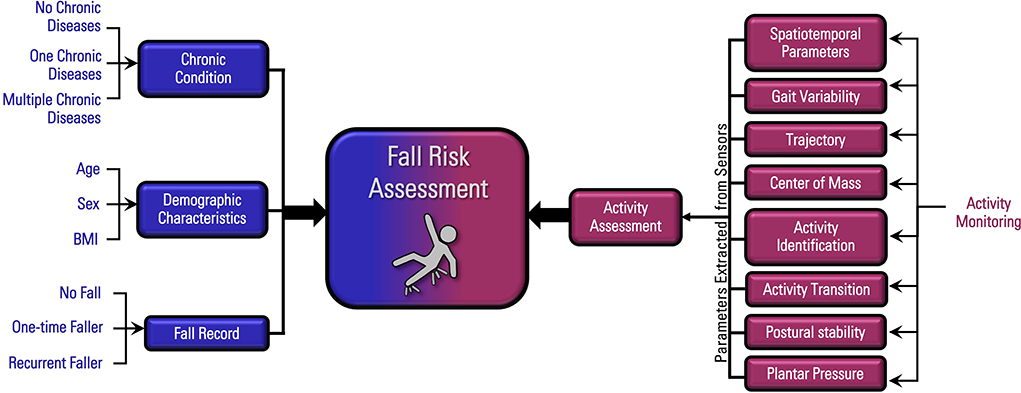Dementia Fall Risk - Questions
Dementia Fall Risk - Questions
Blog Article
Dementia Fall Risk - Questions
Table of ContentsDementia Fall Risk - An OverviewThe Of Dementia Fall RiskDementia Fall Risk Can Be Fun For AnyoneDementia Fall Risk Fundamentals Explained
An autumn risk assessment checks to see just how most likely it is that you will fall. It is mainly provided for older grownups. The evaluation usually includes: This consists of a series of questions regarding your total health and if you've had previous falls or problems with equilibrium, standing, and/or walking. These devices check your stamina, balance, and gait (the way you walk).STEADI includes screening, analyzing, and intervention. Interventions are recommendations that may decrease your risk of dropping. STEADI consists of 3 actions: you for your danger of succumbing to your danger elements that can be enhanced to attempt to avoid drops (for example, balance issues, damaged vision) to decrease your risk of falling by utilizing efficient approaches (for instance, providing education and learning and resources), you may be asked several concerns consisting of: Have you dropped in the past year? Do you feel unstable when standing or walking? Are you stressed over dropping?, your service provider will examine your toughness, balance, and gait, making use of the adhering to autumn analysis devices: This examination checks your stride.
If it takes you 12 seconds or more, it may suggest you are at higher risk for a loss. This examination checks strength and balance.
Move one foot midway onward, so the instep is touching the big toe of your other foot. Move one foot totally in front of the other, so the toes are touching the heel of your other foot.
Some Ideas on Dementia Fall Risk You Need To Know
The majority of falls take place as a result of numerous adding factors; therefore, handling the risk of falling starts with identifying the aspects that add to fall threat - Dementia Fall Risk. Several of one of the most pertinent danger variables include: History of previous fallsChronic clinical conditionsAcute illnessImpaired stride and equilibrium, reduced extremity weaknessCognitive impairmentChanges in visionCertain risky medicines and polypharmacyEnvironmental factors can also boost the risk for drops, including: Insufficient lightingUneven or damaged flooringWet or slippery floorsMissing or damaged handrails and get hold of barsDamaged or poorly equipped equipment, such as beds, wheelchairs, or walkersImproper use assistive devicesInadequate guidance of individuals residing in the NF, consisting of those that display hostile behaviorsA effective fall risk management program calls for a complete scientific evaluation, with input from all members of the interdisciplinary group

The treatment strategy ought to likewise consist of interventions that are system-based, such as those that promote a secure setting (ideal lighting, hand rails, order bars, and so on). The efficiency of the interventions need to be examined occasionally, and the care strategy changed as required to mirror changes in the fall danger evaluation. Implementing a fall risk management system using evidence-based ideal practice can reduce the frequency of drops in the NF, while limiting the capacity for fall-related injuries.
Dementia Fall Risk Fundamentals Explained
The AGS/BGS guideline recommends evaluating all grownups aged 65 click reference years and older for autumn threat yearly. This testing contains asking patients whether they have actually dropped 2 or even more times in the previous year or looked for medical attention for a fall, or, if they have actually not dropped, whether they feel unsteady when strolling.
People who have dropped when without injury needs to have their equilibrium and gait assessed; those with stride or balance problems need to get added evaluation. A background of 1 loss without injury and without gait or equilibrium problems does not necessitate further assessment beyond continued annual loss threat testing. Dementia Fall Risk. A fall risk assessment is needed as component of the Welcome to Medicare assessment

The 3-Minute Rule for Dementia Fall Risk
Documenting a falls background is one of the quality indicators for autumn avoidance and monitoring. Psychoactive drugs in specific are independent forecasters of drops.
Postural hypotension can typically be reduced by decreasing the dose of blood pressurelowering medications and/or stopping drugs that have orthostatic hypotension as an adverse effects. Usage of above-the-knee support pipe and copulating the head of the bed elevated may likewise lower postural decreases in high blood pressure. The recommended components of a fall-focused physical examination are revealed in Box 1.

A Pull time higher than or equal to 12 secs suggests high autumn danger. Being not able to stand up from a chair of knee elevation without making use of one's arms shows raised autumn danger.
Report this page